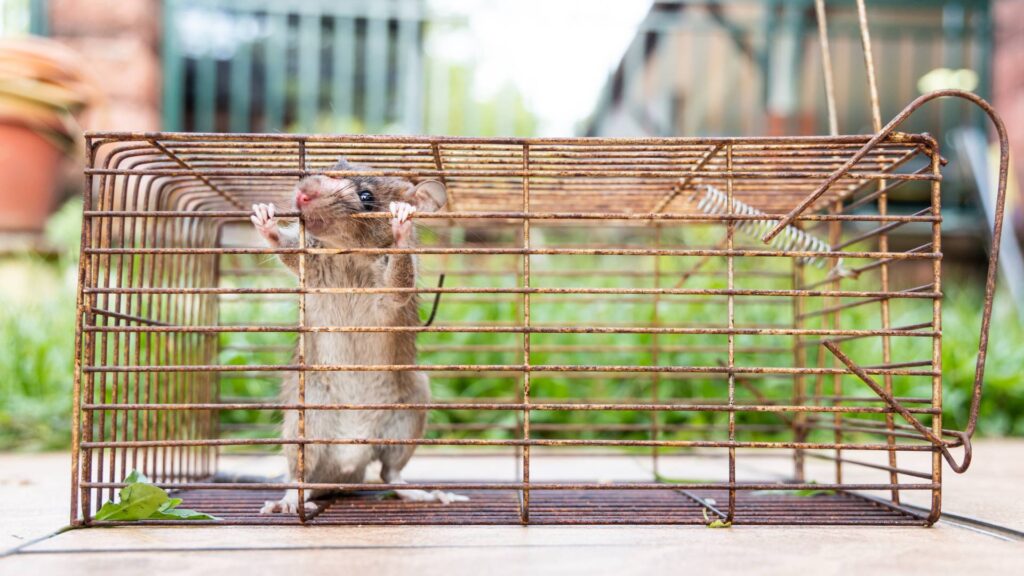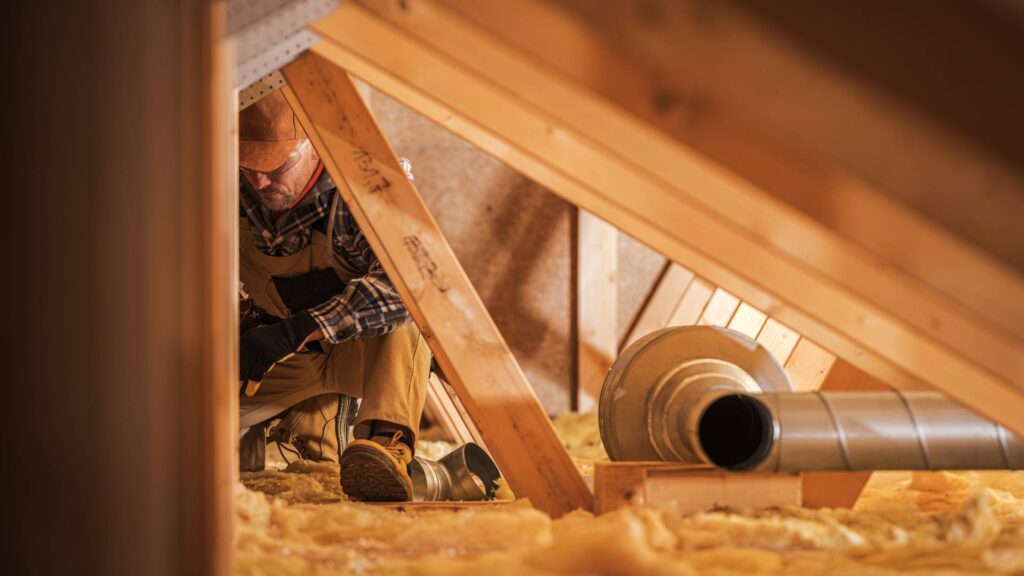Table Of Content
ToggleStruggling with a rat in the attic? Don’t fret; you’re not alone. As a seasoned pest control expert, I’ve encountered my fair share of rodent dilemmas, and I’m here to share a comprehensive, battle-tested approach to reclaim your attic from these unwelcome guests.
Rats are not just a nuisance; they pose significant health risks and can cause considerable damage to your home if not addressed promptly.
This guide will walk you through the essential steps to identify, remove, and prevent rat infestations, ensuring your attic becomes, and remains, rodent-free.
The first step in tackling any problem is understanding it. Rats are clever, resourceful creatures, but they leave behind distinct signs of their presence. Here’s what to look out for:
Given their ability to infiltrate homes, it’s crucial to also understand how these creatures gain entry. For more on this, consider how rats might exploit vulnerabilities in your home’s structure, as outlined in the insightful exploration of how do mice make holes in the wall which is equally applicable to rats.
Secure Your Space: Our Rodent Control Solutions Await!

The first step in regaining control over your attic is to address the rat population directly. Traps are your best ally in this effort. Despite rats’ inherent fear of new objects, this behavior can be manipulated to your advantage. Here’s a refined approach to trapping:
For those seeking effective eradication, consider snap traps known for their efficiency and humane operation. Bait such as peanut butter, chocolate bars, dried meats, or processed cheese can significantly boost trap attractiveness.
Say Goodbye to Unwanted Rodents – Let Us Clear Them Out!

Securing your home from the outside is just as crucial. A well-maintained yard can significantly deter rats from entering your attic:
Achieve a Clean, Safe Home: Call Us for Rodent Removal!
Turning indoors, the presence of rats often points to available food sources. Addressing these can hinder rat survival and reproduction:
Addressing indoor food sources is key to rat prevention. Ensure all food items in the house are stored securely. Interestingly, unconventional methods can sometimes offer solutions to pest problems, as discussed in do instant mashed potatoes kill mice providing a creative angle on rodent control.

While traps and environmental management are critical in the battle against rats in your attic, incorporating repellents offers an added layer of protection and deterrence. Repellents can be a non-lethal, humane way to discourage rats from taking up residence in your home without harming them. Here’s how to effectively use repellents in your rat-proofing strategy:
Don’t Let Rodents Rule – Reach Out for Immediate Removal!
Elimination is only half the battle; prevention is equally crucial. Here’s how to keep your attic rat-free:
Secure Your Space: Our Rodent Control Solutions Await!

Dealing with rats in the attic can be daunting, but with the right approach, it’s a battle you can win. As someone who’s seen the chaos these critters can cause, I can’t stress enough the importance of timely, determined action.
Remember, it’s not just about removing the current occupants but ensuring your attic doesn’t roll out the welcome mat for future invaders.
By following the steps outlined above, you’ll not only protect your home and health but also regain peace of mind. Rats are persistent, but with persistence, knowledge, and a bit of elbow grease, your attic can be restored to a safe, serene space.
To get rid of rats in your attic, you can place snap traps, live traps, and natural repellents like peppermint oil. Utilizing a combination of these methods increases the likelihood of swiftly and humanely catching the rats, while natural repellents can discourage new ones from entering.
Yes, rats may leave the attic during the day to search for food, but they are primarily nocturnal creatures. They are more active and forage for food at night, although it’s not uncommon for them to venture out during daylight if it’s necessary to find nourishment or water.
Take Action Against Rodents: Our Team is Ready to Assist!
The time it takes to get rid of rats in the attic can vary, usually ranging from a few days to several weeks, depending on the size of the infestation and the effectiveness of the removal methods used. Consistency in setting traps, sealing entry points, and maintaining preventive measures is key to eliminating the population and preventing future infestations.
Your trusted pest control experts in Southern California. Keeping your neighborhood pest-free!